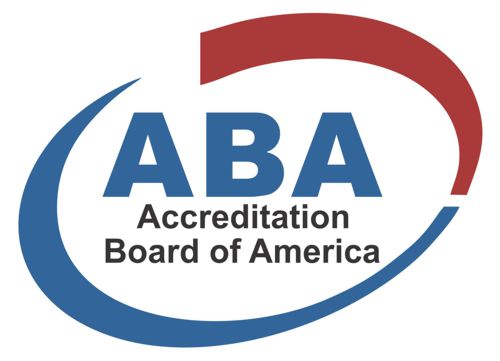In an ever-evolving business landscape, the quest for continuous improvement is vital for long-term success. Organizations must not only maintain high standards but also consistently seek ways to enhance their processes, products, and services. Quality Management (QM) provides a structured approach to achieving ongoing improvement, ensuring that businesses can adapt and thrive in a competitive environment. This blog post will explore how Quality Management serves as your roadmap to continuous improvement and sustained excellence.
Understanding Quality Management
Quality Management encompasses the activities and processes used to ensure that a company’s products and services meet customer expectations and regulatory requirements. It involves four main components: quality planning, quality assurance, quality control, and quality improvement. Together, these elements create a holistic approach to maintaining and enhancing quality across all aspects of an organization.
The Core Principles of Quality Management
1. Customer Focus
At the heart of Quality Management is a relentless focus on the customer. Understanding and meeting customer needs is paramount. This involves gathering customer feedback, analyzing market trends, and continuously adapting products and services to align with customer expectations.
2. Leadership
Effective leadership is crucial in establishing a culture of quality. Leaders must set clear quality objectives, provide the necessary resources, and foster an environment where quality is prioritized. Leadership commitment to quality sets the tone for the entire organization.
3. Engagement of People
Every employee plays a role in the quality management process. Engaging and empowering employees encourages ownership of quality at every level. Training, clear communication, and recognition of contributions help build a committed workforce dedicated to continuous improvement.
4. Process Approach
Viewing activities as processes that link together helps organizations optimize efficiency and effectiveness. A process approach ensures that all components of the organization work in harmony, leading to more consistent and predictable outcomes.
5. Continuous Improvement
Continuous improvement is the ongoing effort to enhance products, services, and processes. It requires a proactive approach to identifying areas for improvement, implementing changes, and measuring the impact of those changes. Tools like the Plan-Do-Check-Act (PDCA) cycle are commonly used to facilitate continuous improvement.
Implementing Quality Management for Ongoing Improvement
To harness the power of Quality Management for continuous improvement, organizations should follow these steps:
1. Define Quality Objectives
Establish clear, measurable quality objectives that align with your business goals. These objectives should be communicated throughout the organization to ensure everyone is working towards the same targets.
2. Develop a Quality Management System (QMS)
Implement a robust QMS that provides the framework for managing quality. This system should include procedures for quality planning, assurance, control, and improvement. It should be flexible enough to adapt to changing needs and scalable as your organization grows.
3. Gather and Analyze Data
Collect data from various sources, including customer feedback, internal audits, and performance metrics. Analyzing this data helps identify trends, root causes of issues, and opportunities for improvement.
4. Foster a Culture of Quality
Encourage a culture where quality is everyone’s responsibility. Provide training and resources to help employees understand their role in the quality management process. Recognize and reward efforts that contribute to quality improvement.
5. Implement Continuous Improvement Initiatives
Use tools and methodologies such as Six Sigma, Lean, and the PDCA cycle to drive continuous improvement initiatives. Regularly review and refine processes to enhance efficiency and effectiveness.
6. Monitor and Review Progress
Establish a system for monitoring and reviewing progress towards quality objectives. Regularly assess the effectiveness of your QMS and make adjustments as needed to ensure continuous improvement.
Real-World Impact: Success Stories
Companies that have successfully implemented Quality Management systems often see significant improvements in performance. For example, Toyota’s commitment to continuous improvement through its Toyota Production System has made it a leader in manufacturing efficiency and quality. Similarly, companies like General Electric have used Six Sigma methodologies to drive quality improvements and operational excellence.
Quality Management is not a one-time effort but an ongoing journey towards excellence. By implementing a structured approach to quality, organizations can achieve continuous improvement, enhance customer satisfaction, and maintain a competitive edge. Quality Management serves as a roadmap, guiding businesses through the complexities of the modern marketplace and helping them adapt and thrive.
Embrace Quality Management as your roadmap to ongoing improvement, and unlock the potential for sustained success and excellence in your organization.

